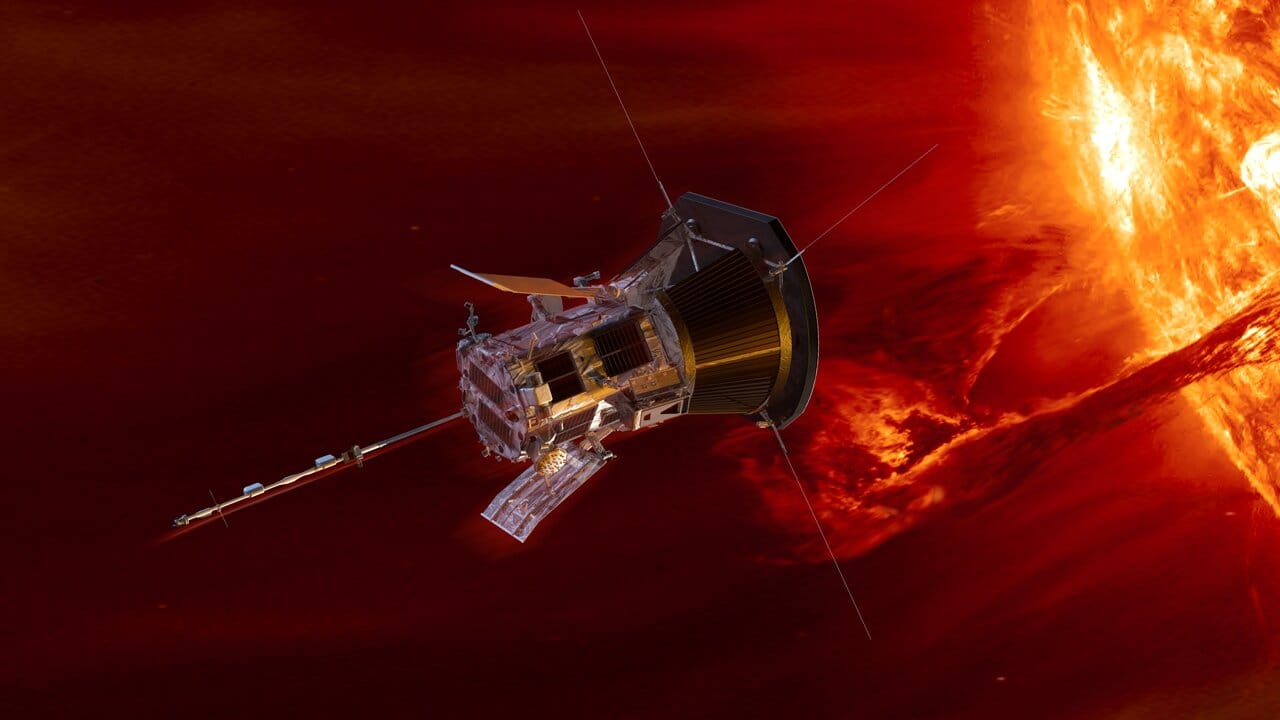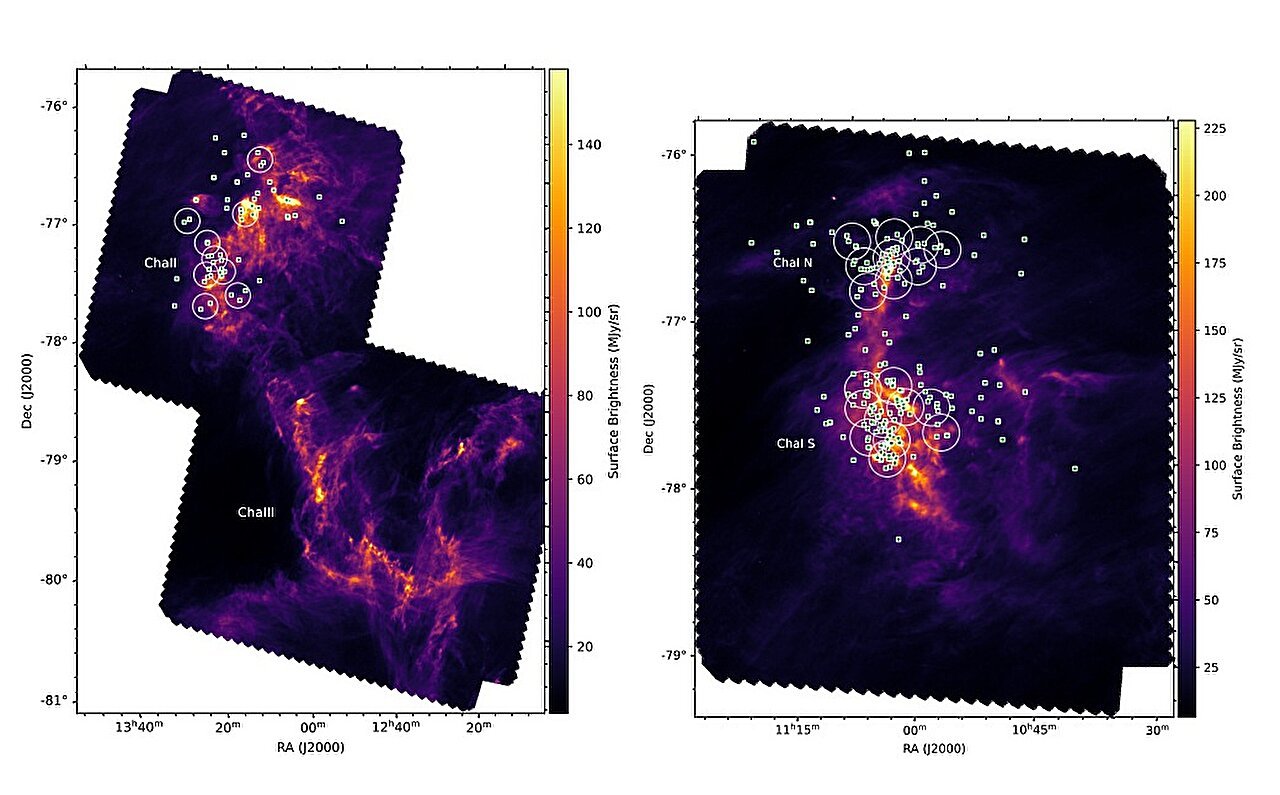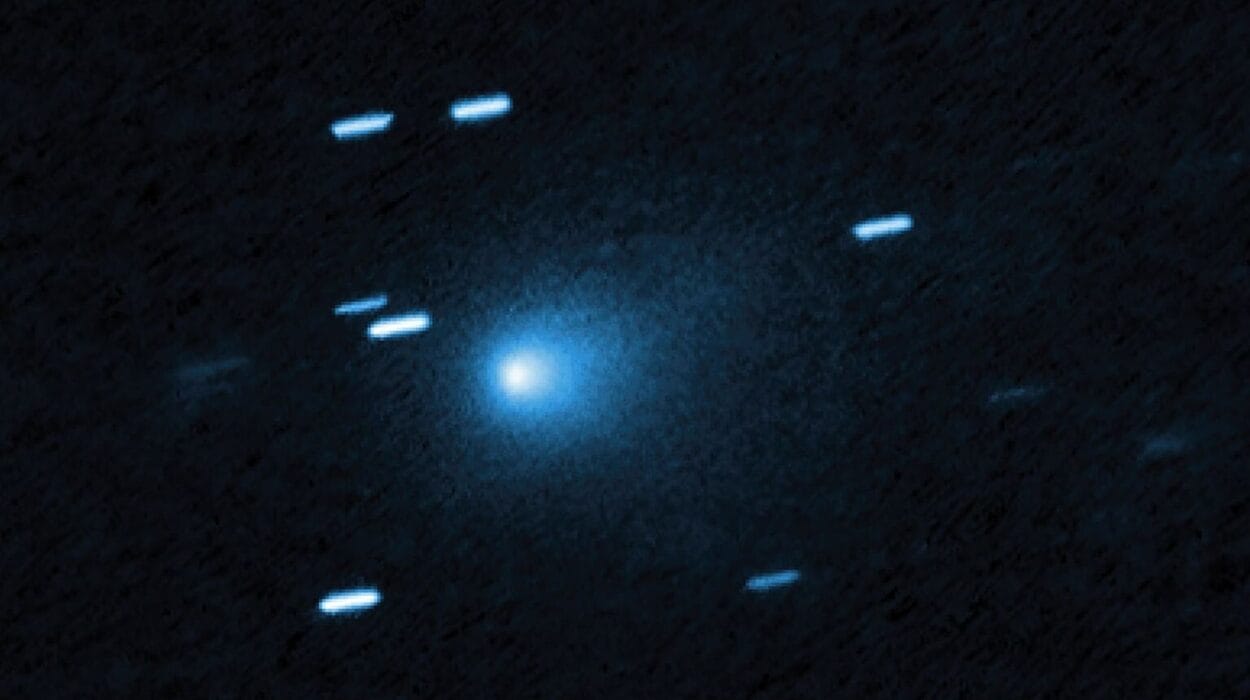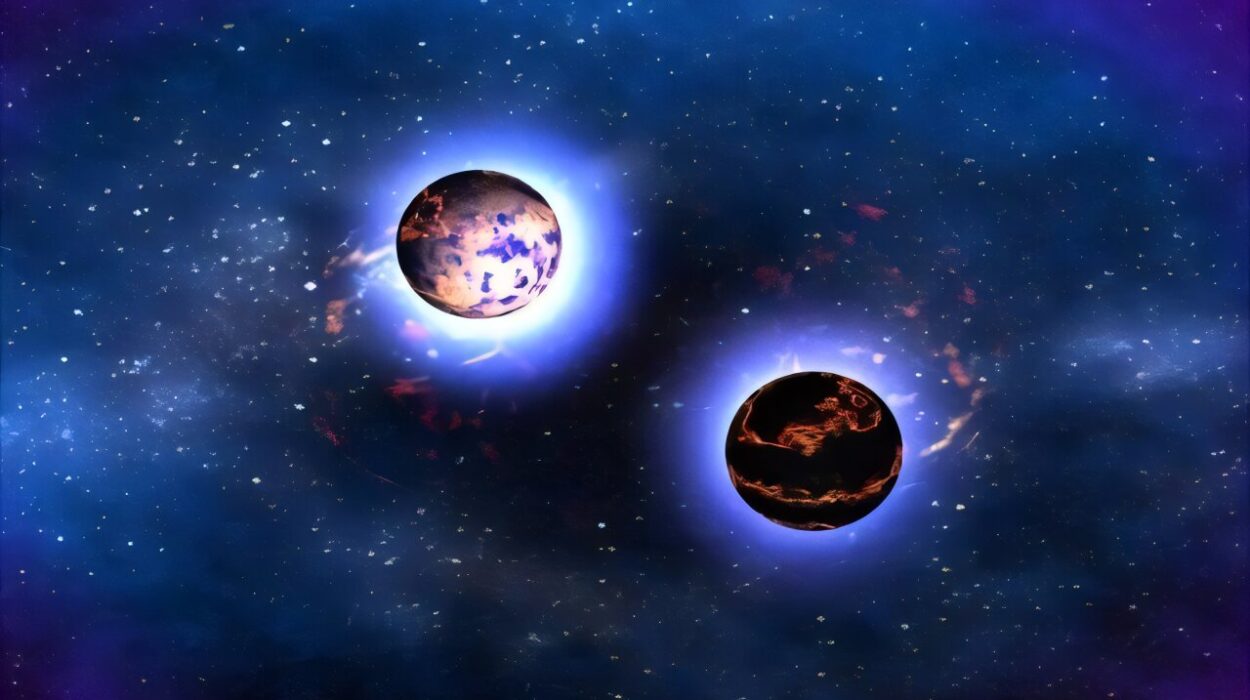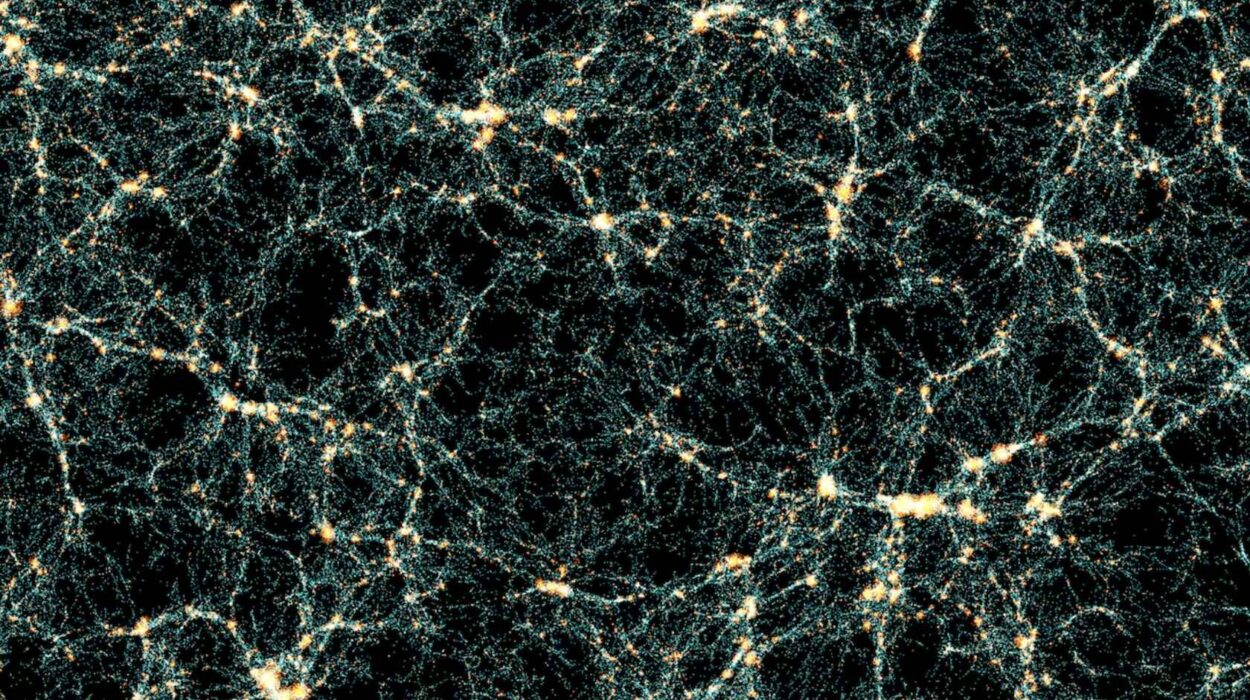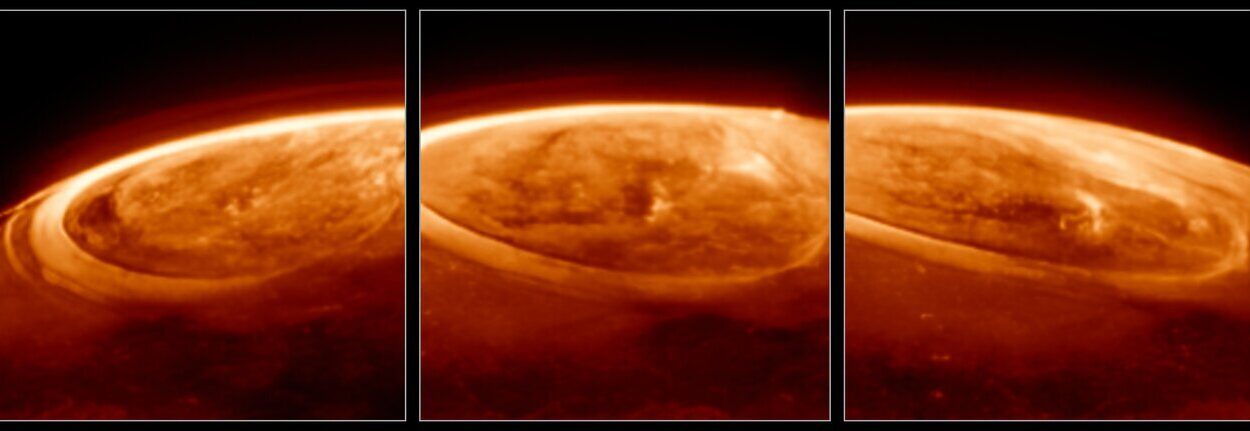High above the arc of the Milky Way, in the constellation of Scorpius, lies a vast and glowing cloud of gas and dust known as the Butterfly Nebula, or NGC 6302. To the human eye, it resembles a fragile, iridescent insect spreading its wings across space. Yet beneath its ethereal beauty lies something far more profound: a cosmic laboratory where the very ingredients of planets—and perhaps even life—are forged.
Thanks to the extraordinary vision of the James Webb Space Telescope (JWST), scientists have been able to peer deep into the nebula’s heart and witness the intricate processes that shape cosmic dust. These observations, published in the Monthly Notices of the Royal Astronomical Society, provide vital clues about how worlds like Earth may have first emerged billions of years ago.
The Hidden Forge of a Dying Star
At the core of the Butterfly Nebula lies the fading remnant of a once sun-like star, now stripped of its outer layers in the last, turbulent stages of its life. The exposed stellar core is one of the hottest known in our galaxy, blazing at an astonishing 220,000 Kelvin—dozens of times hotter than the surface of our own Sun.

This stellar furnace drives the nebula’s spectacular glow, but the full force of its energy does not simply escape into space. Instead, much of it is channeled and sculpted by a dense ring of dust and gas, known as a torus, encircling the star like a cosmic doughnut. To us, it appears as the butterfly’s “body,” while twin lobes of material stream outward to form the luminous wings.
The Webb Telescope’s infrared eyes pierced through this dust, revealing not just the central star itself—long hidden from optical telescopes—but also the complex chemistry taking place within the torus. This dusty structure is rich in crystalline silicates, minerals with ordered atomic structures akin to tiny gemstones, alongside more chaotic, soot-like grains.
Cosmic Dust: Seeds of Planets and Life
Cosmic dust may sound inconsequential, but it is the very foundation upon which planets are built. These particles, often just a millionth of a meter across, collide, stick together, and gradually grow into pebbles, boulders, and eventually entire worlds. Without dust, there would be no rocky planets like Earth, no oceans, no mountains, and perhaps no biology.
The Webb observations revealed that in the Butterfly Nebula, dust forms in diverse environments. In calm, stable regions, minerals crystallize into ordered structures, glistening like microscopic jewels. In more violent, turbulent zones, dust is born in chaotic bursts, its atoms jumbled into irregular forms. This coexistence of order and disorder within a single nebula suggests that the building blocks of planets can emerge under many different conditions, offering new insight into how robustly nature produces the materials of worlds.
A Cosmic Chemistry Experiment
Beyond silicates and irregular dust, the Webb data revealed something even more intriguing: the presence of polycyclic aromatic hydrocarbons (PAHs), complex molecules built from carbon atoms arranged in ring-like structures. On Earth, PAHs are common in smoke, soot, and even charred food. In space, however, they are more than just pollutants—they are thought to be stepping stones toward the chemistry of life.
What makes this discovery so striking is that the Butterfly Nebula is an oxygen-rich environment, where scientists did not expect PAHs to form. Yet Webb’s sensitive instruments detected their glow, likely created when a bubble of stellar wind burst into the surrounding gas, triggering the right conditions for these carbon-rich molecules to take shape. If confirmed, this would be the first-ever evidence of PAHs forming in such an environment, forcing researchers to rethink how organic chemistry unfolds in the cosmos.
The Dynamic Architecture of a Nebula
The Butterfly Nebula is not just beautiful—it is structured with astonishing intricacy. Webb identified nearly 200 distinct spectral lines in its light, each corresponding to a different atom or molecule. These spectral fingerprints trace the nebula’s architecture, revealing a layered system where gases are organized by their energy.
Close to the central star, where radiation is most intense, highly ionized atoms cluster. Farther out, cooler and less energetic ions dominate. Meanwhile, iron and nickel trace the path of jets—streams of matter blasting outwards in opposite directions, like a pair of invisible engines shaping the nebula’s wings.
This interplay of forces creates a cosmic sculpture of breathtaking detail, with shells, filaments, and arcs woven together in a dance of gas and dust.
A Glimpse into Planetary Futures
Planetary nebulae like NGC 6302 are fleeting stages in the lives of stars. Lasting only about 20,000 years, they are brief fireworks at the end of a star’s existence. Yet in that short span, they play a critical role in the galactic ecosystem. The dust and molecules they expel enrich the interstellar medium, seeding new generations of stars and planets.

The Earth beneath our feet is built from such recycled material. Every grain of sand, every drop of water, every atom in our bodies once passed through ancient stars that lived, died, and scattered their remains into space. In studying the Butterfly Nebula, scientists are, in a sense, looking back at the origins of our own planet and perhaps the chemistry that made life possible.
The Power of Webb’s Vision
The James Webb Space Telescope has opened a new era of discovery. While the Hubble Space Telescope previously revealed the Butterfly Nebula’s striking wings in visible light, Webb’s infrared instruments see deeper, uncovering what lies beneath the veil of dust. Using its Mid-Infrared Instrument (MIRI), Webb not only imaged the nebula in exquisite detail but also captured its spectrum across multiple wavelengths simultaneously.
This powerful combination allows researchers to study not just what the nebula looks like, but what it is made of, how its structures are arranged, and how its chemistry is evolving. When combined with observations from the Atacama Large Millimeter/submillimeter Array (ALMA), which maps cold gas in radio wavelengths, a multi-layered portrait emerges: a star’s final act feeding the raw material for worlds to come.
The Butterfly’s Message
The Butterfly Nebula is a paradox—an emblem of death and of rebirth. It is the graveyard of a dying star, yet also a nursery of cosmic dust and organic molecules that may one day form into new planets and perhaps even life. Its radiant wings remind us that beauty and destruction are often entwined in the universe.
In the fiery heart of this “cosmic butterfly,” we glimpse our own origins. Earth itself may have been born from such dust, sculpted in nebulae long vanished, nurtured by molecules that first took shape in stellar winds and turbulent outflows. To study NGC 6302 is to peer into a mirror of deep time, to recognize that we are children of dying stars, woven from their ashes into beings capable of wonder.
And so the Butterfly Nebula, shimmering 3,400 light-years away, becomes more than a distant celestial spectacle. It is a reminder that the universe is not only vast but intimate, that the same forces shaping galaxies also carved out the elements of our bodies. To look upon it is to feel both humbled and connected—to see in its fragile wings the story of life itself.
More information: Mikako Matsuura et al, The JWST/MIRI view of the planetary nebula NGC 6302 – I. A UV-irradiated torus and a hot bubble triggering PAH formation, Monthly Notices of the Royal Astronomical Society (2025). DOI: 10.1093/mnras/staf1194

